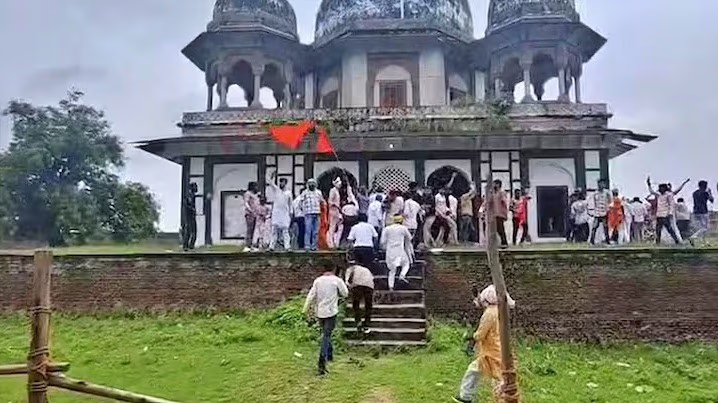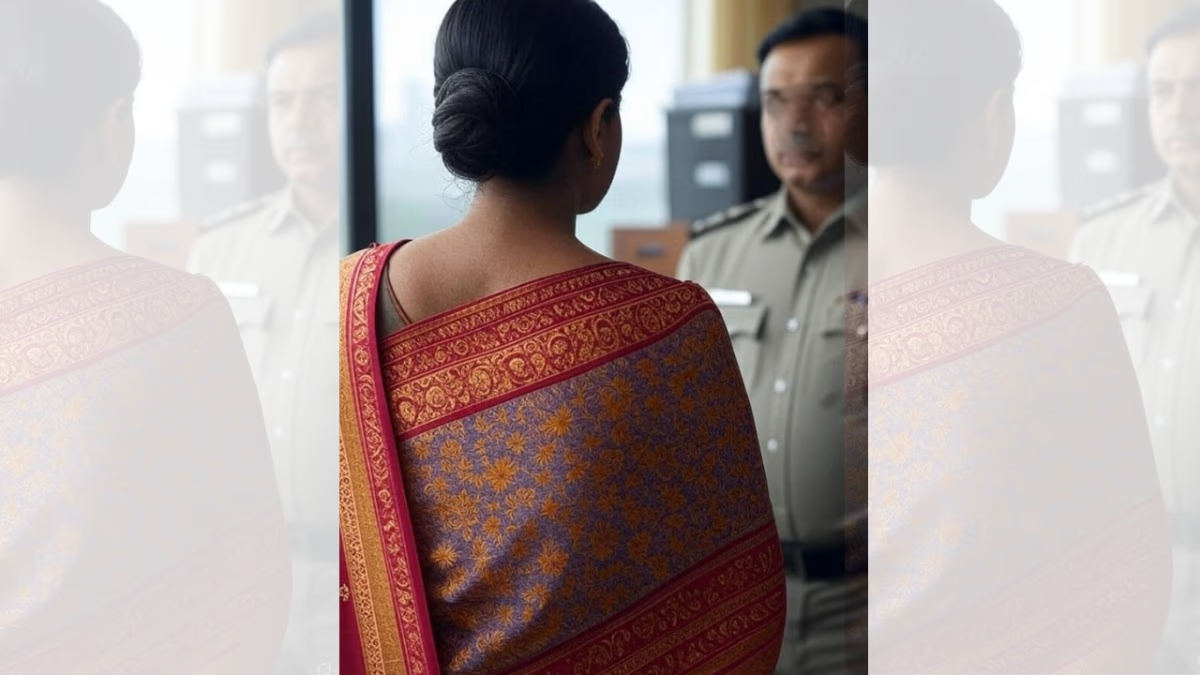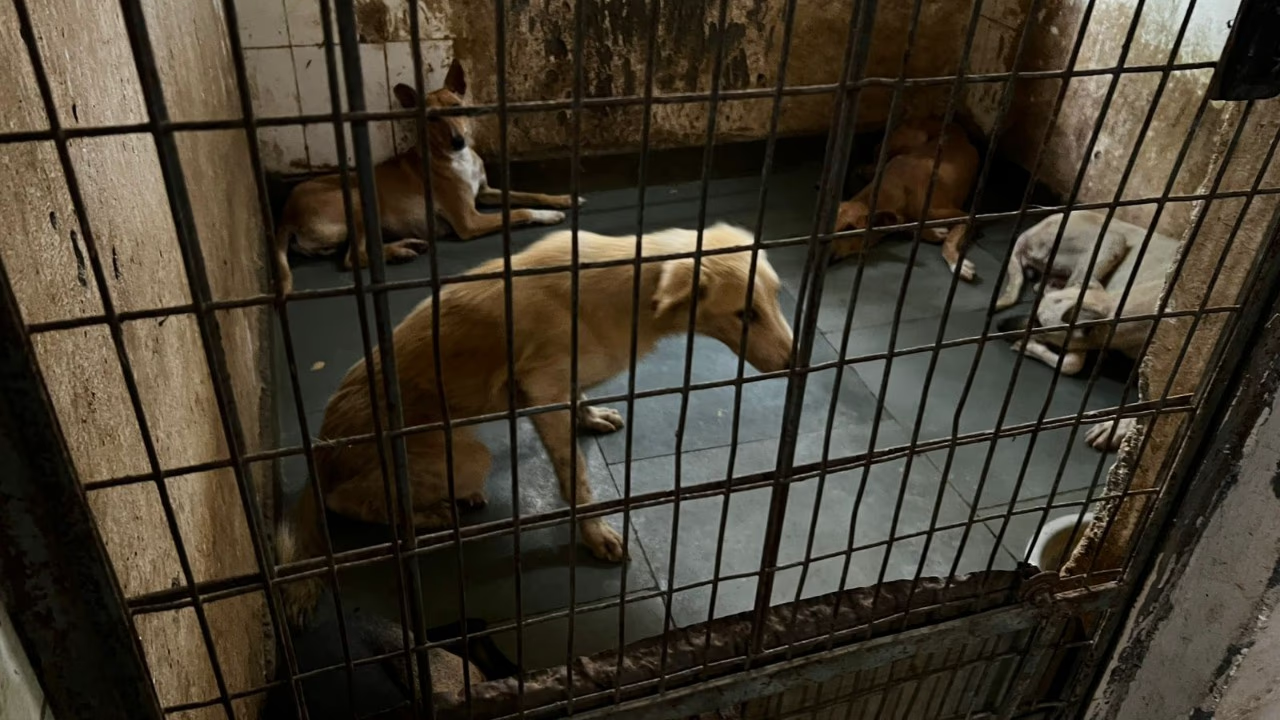These days, Abu Nagar in Uttar Pradesh's Fatehpur district is making waves in the news. A historical tomb here has sparked communal tension and political debate. On Monday, Hindu organizations and BJP's district president, Mukhlal Pal, called for the demolition of the tomb. This incident has not only heated the local environment but has also stirred political ripples across the state.
The Historian's View of the Tomb's 'Truth'
According to historian Satish Dwivedi, this tomb belongs to Aurangzeb's military commander, Abdus Samad. Dwivedi explains that after defeating his brother Shuja in the Battle of Khajua, Aurangzeb set up camp in Fatehpur. During this time, the area became a military hub for Aurangzeb, and later, Abdus Samad was settled here.
After Abdus Samad's death in 1699, his eldest son, Abu Bakr, constructed the tomb, where both Abdus Samad and Abu Bakr are buried. The village, Abu Nagar, is named after Abu Bakr.
Historians note that at the time, Fatehpur had only two neighborhoods—Abu Nagar and Kheldar. The 1850 government map also records only these two neighborhoods amidst a lake-bordered area.
Hindu Symbols on the Tomb
The tomb's walls and decorations feature Hindu symbols such as lotus and kalash. Historian Satish Dwivedi states, "Although the tomb was built by Abu Bakr, construction in that era was carried out by Hindu artisans. Therefore, finding such symbols isn't unusual."
Vandalism and Communal Tension
Last Monday, Hindu organization workers and BJP district president Mukhlal Pal's supporters arrived at the tomb, claiming it as a temple, and vandalized the site. Following the event, police filed cases against over 150 individuals for damaging public property and disturbing peace.
Questions have risen as to why Mukhlal Pal's name isn't in the FIR despite his evident call to action on August 11th. SP Anoop Singh mentioned that the police are investigating and focusing on maintaining law and order.
Political Ramifications
The incident had political repercussions. On Tuesday, the Samajwadi Party raised the issue in the UP Assembly's monsoon session. The opposition attempted to corner the government on law and order, while the government defended itself by stating that a named FIR has been filed against offenders and action will follow.
Continued Police Actions
Fatehpur police are conducting raids to apprehend those accused of vandalism. Furthermore, due to the tension, police presence in the area has been intensified.
Ground Report: History and Reality
According to a ground report, while Hindu organizations and BJP's district president claim the structure is a temple, historians and local documents clearly categorize it as a Mughal-era tomb. Longtime researcher of Fatehpur's history, Satish Dwivedi, notes that in 1969, the land was associated with a Hindu Rajput family from Asothar, Fatehpur. Later, on April 20, 2012, official documents listed it as 'Maqbara Maangi' national property, with Mutawalli Mohammad Aneesh appointed as caretaker. Encompassing 10 bighas and 17 biswas, it is officially recorded. All in all, the entire affair underscores that this is a protected property. The tomb-temple dispute is deeply rooted not only in history but also in official records.




